Home>Renovation & DIY>Home Renovation Guides>How To Learn DIY Home Renovation
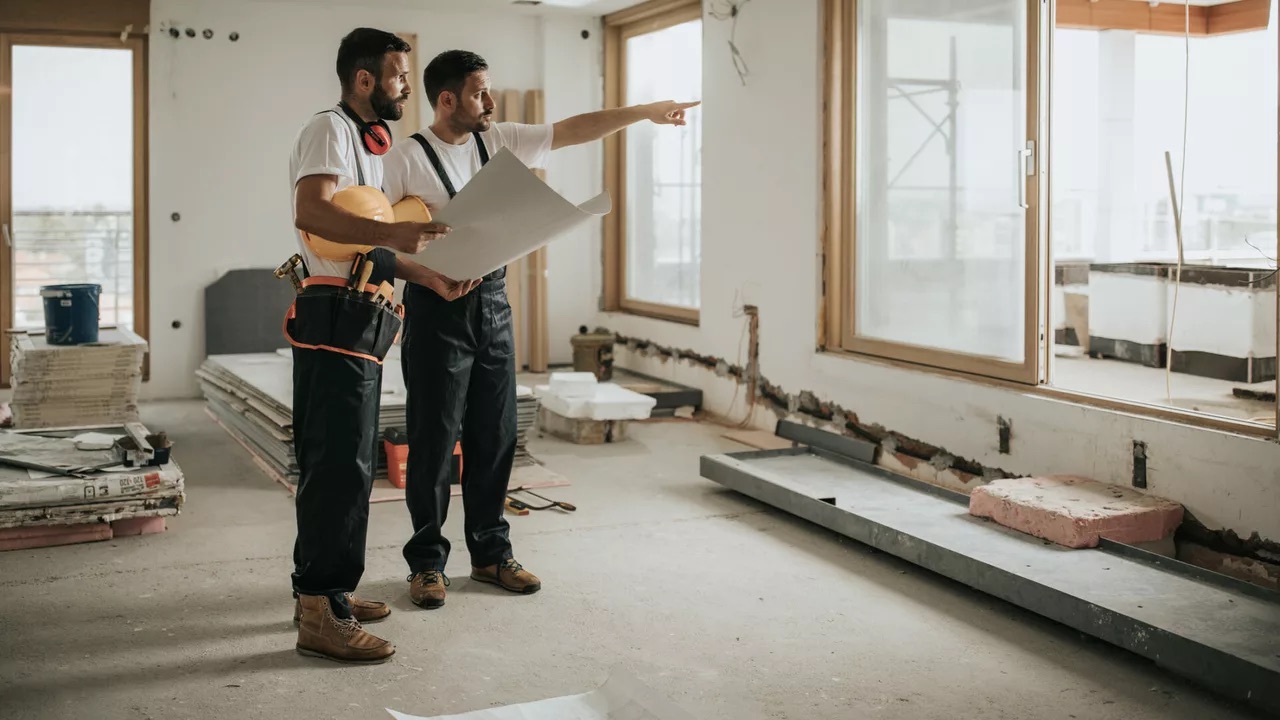

Home Renovation Guides
How To Learn DIY Home Renovation
Modified: January 9, 2024
Discover the best home renovation guides and learn DIY tips to transform your living space. Get expert advice and step-by-step instructions for successful home improvement projects. Start your DIY home renovation journey today!
(Many of the links in this article redirect to a specific reviewed product. Your purchase of these products through affiliate links helps to generate commission for Storables.com, at no extra cost. Learn more)
Introduction
Embarking on a do-it-yourself (DIY) home renovation journey can be an immensely rewarding experience. Whether you're looking to revamp a single room or undertake a full-house transformation, learning the ins and outs of home renovation can empower you to personalize your living space and add value to your property. However, diving into the realm of DIY home renovation requires careful planning, dedication, and a willingness to expand your skill set. This comprehensive guide is designed to equip you with the knowledge and confidence needed to embark on your own home renovation projects.
Throughout this guide, we'll explore the essential steps and considerations for mastering the art of DIY home renovation. From assessing your skills and needs to setting a budget, planning your renovation, and acquiring the necessary tools and materials, we'll cover every aspect of the process. Additionally, we'll delve into the importance of learning basic DIY skills, starting with small projects, and knowing when to seek professional assistance. Safety precautions, a fundamental aspect of any renovation endeavor, will also be emphasized to ensure that your projects are not only aesthetically pleasing but also executed with the highest regard for well-being.
By the end of this guide, you'll be well-equipped to tackle your home renovation projects with confidence and precision. So, let's roll up our sleeves and embark on this enriching journey of DIY home renovation!
Key Takeaways:
- Mastering DIY home renovation involves assessing skills, setting a budget, planning, and gathering tools. Starting small projects and prioritizing safety are crucial for a successful and rewarding renovation journey.
- Learning basic DIY skills, seeking professional help when needed, and embracing safety precautions are essential for a secure and fulfilling DIY home renovation experience. Each task contributes to achieving a personalized living space.
Read more: How To Learn Woodworking
Assessing Your Skills and Needs
Before diving into a DIY home renovation project, it’s crucial to take stock of your current skills and assess the specific needs of your living space. Start by evaluating your comfort level with various renovation tasks, such as painting, carpentry, plumbing, or electrical work. Consider your past experiences with DIY projects and identify areas where you feel confident as well as those that may require further skill development.
Next, closely examine the needs of your home. Are you aiming to enhance functionality, improve aesthetics, or address structural issues? Understanding the specific requirements of your renovation project will help you prioritize tasks and allocate resources effectively. For instance, if your goal is to create a more open and spacious environment, you might focus on removing non-load-bearing walls or optimizing storage solutions to maximize space utilization.
Furthermore, consider the time and effort you can realistically dedicate to the project. Assessing your availability and commitment will enable you to set realistic timelines and avoid undue stress during the renovation process. If you have a full-time job or other commitments, it might be beneficial to break down the project into manageable phases to accommodate your schedule.
It’s also essential to evaluate your budgetary constraints and weigh them against your renovation goals. Determine the financial resources you can allocate to the project and prioritize tasks accordingly. This assessment will guide you in making informed decisions about the scale and scope of your renovation, ensuring that your aspirations align with your budget.
By conducting a thorough assessment of your skills, the needs of your home, your availability, and your budget, you’ll lay a solid foundation for a successful DIY home renovation journey. This introspective approach will not only help you identify areas for skill improvement but also enable you to tailor your renovation plans to align with your capabilities and resources.
Setting a Budget
Establishing a realistic budget is a pivotal step in any DIY home renovation endeavor. A well-defined budget serves as a guiding framework, allowing you to make informed decisions about the scope of your project, the quality of materials, and the feasibility of your renovation goals. To begin, assess your financial resources and determine the maximum amount you can allocate to the renovation without straining your overall finances.
Once you have a clear understanding of your financial constraints, prioritize the areas of your home that require attention. Identify the key aspects of the renovation, such as structural repairs, aesthetic enhancements, or functional upgrades, and allocate funds accordingly. This prioritization will help you allocate resources where they are most needed, ensuring that essential aspects of the renovation are not compromised due to budget constraints.
When setting a budget, it’s essential to account for unexpected expenses and contingencies. Renovation projects often unearth unforeseen issues, such as hidden structural damage or outdated wiring, which may necessitate additional expenditures. By incorporating a contingency fund into your budget, you can mitigate the impact of unexpected costs and maintain financial stability throughout the renovation process.
Moreover, research the costs of materials and labor associated with your renovation plans. Obtain multiple quotes from suppliers and contractors to gain a comprehensive understanding of the expenses involved. Be mindful of potential cost-saving opportunities, such as purchasing gently used fixtures or leveraging DIY solutions for certain tasks, to optimize your budget without compromising quality.
Throughout the budgeting process, remain flexible and open to adjustments. As you delve deeper into the planning phase, you may need to refine your budget based on new information or evolving project requirements. By maintaining a dynamic approach to budgeting, you can adapt to changing circumstances and ensure that your renovation remains financially sustainable.
Ultimately, setting a well-defined budget is a fundamental aspect of successful DIY home renovation. By carefully assessing your financial resources, prioritizing renovation needs, accounting for contingencies, and researching costs, you can embark on your renovation journey with confidence, knowing that your budget is aligned with your goals and capabilities.
Planning Your Renovation
Effective planning is the cornerstone of a successful DIY home renovation. By meticulously outlining your renovation goals, timelines, and logistical requirements, you can streamline the execution process and minimize unforeseen challenges. Start by creating a comprehensive renovation plan that encompasses the following key elements:
- Define Your Objectives: Clearly articulate the desired outcomes of your renovation. Whether it’s creating a modern kitchen, revamping a cozy living room, or transforming a dated bathroom, defining specific objectives will guide your decision-making and resource allocation.
- Establish Timelines: Set realistic timelines for each phase of the renovation. Factor in the availability of materials, potential lead times for specialized items, and any external dependencies, such as contractor availability or municipal permits. A well-structured timeline will help you stay on track and manage the project efficiently.
- Consider Functional Layouts: If your renovation involves spatial reconfiguration, carefully assess the functional layouts of the affected areas. Ensure that the new layout optimizes space utilization, promotes seamless traffic flow, and aligns with your lifestyle needs.
- Research Building Codes and Regulations: Familiarize yourself with local building codes, zoning regulations, and permit requirements. Compliance with these standards is essential to avoid potential setbacks and ensure the safety and legality of your renovation.
- Allocate Resources: Identify the tools, equipment, and materials needed for the renovation. Create a detailed inventory of supplies and explore cost-effective sourcing options to optimize your resource allocation.
- Explore Design Inspirations: Gather design inspirations from reputable sources such as home improvement magazines, online platforms, and social media. Visual references can provide clarity and direction for your renovation vision.
Furthermore, consider creating a contingency plan to address unexpected challenges that may arise during the renovation. Anticipating potential hurdles and formulating preemptive solutions will bolster your preparedness and resilience throughout the project.
As you plan your renovation, maintain open communication with all stakeholders involved, including family members, contractors, and suppliers. Clear and consistent communication fosters alignment, minimizes misunderstandings, and cultivates a collaborative environment conducive to successful project execution.
By investing time and effort into comprehensive planning, you can lay a robust foundation for your DIY home renovation. A well-crafted renovation plan will serve as a roadmap, guiding you through each phase of the project and empowering you to achieve your renovation aspirations with clarity and confidence.
Gathering Tools and Materials
Acquiring the necessary tools and materials is a pivotal precursor to commencing any DIY home renovation project. Whether you’re embarking on a minor facelift or a comprehensive overhaul, having the right equipment and supplies at your disposal is essential for executing tasks with precision and efficiency.
Begin by compiling a detailed list of tools required for your specific renovation endeavors. Basic hand tools, such as hammers, screwdrivers, wrenches, and pliers, form the foundation of any toolkit and are indispensable for a wide range of tasks. Additionally, consider specialized tools tailored to the unique demands of your project, such as tile cutters, power saws, paint sprayers, or electrical testers.
Once you’ve identified the necessary tools, shift your focus to sourcing high-quality materials that align with your renovation objectives. Whether you’re procuring lumber, flooring, paint, fixtures, or hardware, prioritize durability, functionality, and aesthetic appeal. Research reputable suppliers and compare product specifications, pricing, and warranties to make informed purchasing decisions.
Exploring eco-friendly and sustainable material options can also align with modern renovation trends and contribute to environmental conservation. Consider incorporating energy-efficient appliances, recycled building materials, and low-VOC (volatile organic compound) paints to enhance the sustainability of your renovation while reducing long-term environmental impact.
Furthermore, organize your workspace to accommodate the tools and materials effectively. Establishing a well-structured and accessible storage system not only fosters efficiency but also promotes safety by minimizing clutter and potential hazards within the renovation environment.
As you gather your tools and materials, prioritize safety equipment, including goggles, gloves, masks, and hearing protection. Prioritizing safety measures ensures that you and your team, if applicable, can work in a secure and protected environment throughout the renovation process.
Finally, consider the logistics of transporting and storing the acquired tools and materials. Adequate transportation arrangements and secure storage facilities are essential to safeguard your investments and maintain the integrity of the supplies until they are ready for use.
By diligently gathering the requisite tools and materials, you’ll establish a strong operational foundation for your DIY home renovation. Equipped with the right resources, you can embark on your projects with confidence, knowing that you’re well-prepared to tackle the tasks at hand with precision and proficiency.
Before starting a DIY home renovation, take the time to research and learn the necessary skills and techniques. Watch tutorials, read books, and practice on small projects to build your confidence and expertise.
Learning Basic DIY Skills
Mastering fundamental do-it-yourself (DIY) skills is a transformative step in your home renovation journey, empowering you to tackle a diverse array of tasks with confidence and proficiency. Whether you’re a novice enthusiast or a seasoned DIY aficionado, honing basic skills is essential for executing projects effectively and expanding your capabilities. Here are essential DIY skills to prioritize:
- Measuring and Marking: Accurate measurements form the bedrock of successful renovations. Learn to use tape measures, levels, and marking tools to ensure precision in cutting, positioning, and installation.
- Painting Techniques: Familiarize yourself with proper painting techniques, including surface preparation, brush and roller usage, and achieving clean and uniform finishes.
- Basic Carpentry: Develop foundational carpentry skills such as cutting, drilling, and fastening to fabricate and install structures, shelves, or furniture.
- Plumbing Basics: Understanding basic plumbing concepts, such as pipe fitting, soldering, and fixture installation, can enable you to address minor plumbing issues and undertake simple upgrades.
- Electrical Work: Learn safe electrical practices, including wire stripping, outlet installation, and light fixture replacement, to handle basic electrical tasks competently.
- Tiling and Flooring: Acquire skills in laying tiles, installing laminate flooring, or refinishing hardwood surfaces to enhance the aesthetic appeal of your living spaces.
Fortunately, a wealth of educational resources is readily available to support your skill development. Online tutorials, DIY workshops, community classes, and instructional books offer valuable insights and practical guidance for honing your skills. Additionally, consider seeking mentorship from experienced DIY enthusiasts or professionals to gain firsthand knowledge and refine your techniques.
As you embark on skill-building endeavors, adopt a hands-on approach to reinforce your learning. Practice basic techniques on small-scale projects or mock-up scenarios to gain confidence and proficiency before applying your skills to larger renovation tasks.
Moreover, prioritize safety education and adhere to best practices when handling tools and equipment. Understanding safety protocols and utilizing personal protective gear are integral aspects of cultivating a secure and responsible DIY work environment.
By dedicating time and effort to learning basic DIY skills, you’ll fortify your renovation capabilities and enhance your autonomy in executing home improvement projects. Embrace the learning process with enthusiasm and perseverance, knowing that each skill mastered brings you closer to realizing your renovation aspirations with skillful precision.
Starting Small Projects
Embarking on small-scale DIY projects serves as a valuable stepping stone in your home renovation journey, allowing you to refine your skills, gain practical experience, and build confidence before undertaking more extensive endeavors. Small projects not only offer a low-pressure environment for skill development but also yield tangible results that contribute to the overall improvement of your living space. Here’s how to approach and derive maximum benefit from small DIY projects:
- Identify Feasible Projects: Assess your current skill set and select projects that align with your abilities and resources. Consider tasks such as painting a room, installing shelving, or upgrading cabinet hardware, which offer opportunities for skill enhancement without overwhelming complexity.
- Set Clear Objectives: Define specific goals for each small project, whether it’s enhancing functionality, refreshing aesthetics, or addressing minor repairs. Clear objectives provide focus and motivation, guiding your efforts toward successful project completion.
- Acquire Necessary Materials: Gather the required materials and tools for the project, ensuring that you have everything on hand before commencing work. Proper preparation minimizes interruptions and allows you to maintain momentum throughout the project.
- Follow Methodical Procedures: Adhere to systematic approaches when executing small projects. Whether it’s following a painting sequence, adhering to assembly instructions, or applying precise measurements, methodical procedures promote efficiency and quality outcomes.
- Seek Learning Opportunities: View small projects as learning experiences. Embrace the opportunity to encounter and overcome challenges, refine your techniques, and gain insights that can be applied to future endeavors.
- Celebrate Achievements: Acknowledge and celebrate the successful completion of small projects. Each accomplishment, no matter how modest, contributes to your growth as a DIY enthusiast and enhances the overall appeal of your living environment.
Moreover, engaging in small projects cultivates a sense of accomplishment and pride, fostering a positive mindset and reinforcing your enthusiasm for future renovation pursuits. As you build momentum and confidence through small projects, you’ll be better equipped to tackle larger and more complex renovations with assurance and proficiency.
Embrace the process of starting small projects as an integral part of your renovation journey, recognizing the invaluable role they play in honing your skills, nurturing your creativity, and laying the groundwork for transformative home improvements.
Seeking Professional Help When Needed
While DIY home renovation projects offer a rewarding avenue for personal expression and skill development, there are instances where seeking professional assistance is not only advisable but essential for ensuring the success and safety of the endeavor. Recognizing the limits of your expertise and knowing when to engage skilled professionals can mitigate risks, enhance the quality of work, and expedite the completion of complex tasks. Here are key considerations for determining when professional help is warranted:
- Complex Structural Modifications: Structural alterations, such as removing load-bearing walls, modifying roof trusses, or altering foundational supports, demand the expertise of licensed structural engineers or contractors to ensure structural integrity and compliance with building codes.
- Specialized Electrical Work: Electrical projects involving panel upgrades, rewiring, or circuit installations necessitate the proficiency of certified electricians to uphold safety standards and prevent electrical hazards.
- Plumbing Installations and Repairs: Complex plumbing tasks, including re-piping, sewer line replacements, or water heater installations, require the expertise of licensed plumbers to guarantee proper functionality and prevent potential water damage.
- Major HVAC System Installations: Installing or replacing central heating, ventilation, and air conditioning (HVAC) systems mandates the involvement of HVAC professionals to ensure optimal performance, energy efficiency, and compliance with regulatory standards.
- Specialized Trades: Tasks involving specialized trades such as masonry, roofing, or intricate carpentry may necessitate the skills of experienced professionals with specialized training and equipment.
When contemplating the involvement of professionals, conduct thorough research to select reputable and qualified individuals or companies with a proven track record in the specific trade or service required. Request and review credentials, certifications, and references to validate the expertise and reliability of the professionals you intend to engage.
Furthermore, open communication and collaboration with professionals are essential for aligning expectations, discussing project requirements, and establishing clear timelines and deliverables. Maintaining transparency and clarity throughout the engagement process fosters a harmonious working relationship and promotes successful project outcomes.
Embracing the support of professionals when needed demonstrates a commitment to excellence, safety, and the long-term integrity of your renovation projects. By leveraging the expertise of skilled professionals, you can navigate complex tasks with confidence, knowing that your projects are in capable hands, ultimately contributing to the realization of your renovation vision.
Safety Precautions
Ensuring a safe and secure environment is paramount when undertaking DIY home renovation projects. Prioritizing safety precautions not only safeguards your well-being and that of others but also contributes to the successful and efficient execution of renovation tasks. Here are essential safety measures to integrate into your renovation endeavors:
- Personal Protective Equipment (PPE): Utilize appropriate PPE, including safety goggles, gloves, hearing protection, and respiratory masks, to shield yourself from potential hazards such as airborne particles, loud noises, and harmful fumes.
- Tool Safety: Adhere to manufacturer guidelines and best practices when operating tools and equipment. Keep tools properly maintained, use them for their intended purposes, and employ safety features such as blade guards and safety switches to prevent accidents.
- Work Area Organization: Maintain a well-organized work area free of clutter and obstructions to minimize tripping hazards and facilitate efficient movement during renovation tasks.
- Electrical Safety: Exercise caution when working with electrical systems. Turn off power at the circuit breaker before performing electrical tasks, and use insulated tools to prevent electrical shocks.
- Chemical Handling: Handle and store chemicals, solvents, and adhesives in well-ventilated areas, and follow recommended safety procedures to prevent exposure to toxic substances.
- Ladder Safety: Use ladders and scaffolding systems in accordance with safety guidelines, ensuring stable placement, secure footing, and adherence to weight capacity limits.
- Fire Safety: Keep fire extinguishers readily accessible, familiarize yourself with evacuation routes, and exercise caution when working near flammable materials or ignition sources.
- Asbestos and Lead Paint Awareness: If your home was constructed before the 1980s, be aware of the potential presence of asbestos and lead-based paint. Exercise caution when disturbing materials that may contain these hazardous substances and seek professional assistance for testing and abatement if necessary.
Moreover, prioritize education and training on safety protocols for all individuals involved in the renovation project, including family members and collaborators. Establish clear communication channels for reporting safety concerns and incidents, and encourage a proactive approach to identifying and addressing potential hazards in the renovation environment.
By integrating comprehensive safety precautions into your renovation practices, you create a secure and conducive workspace that fosters productivity, confidence, and peace of mind. Embracing a safety-first mindset not only safeguards the integrity of your renovation projects but also promotes a culture of responsibility and well-being within your DIY renovation endeavors.
Read more: How To Repair Doors
Conclusion
Congratulations on embarking on the enriching journey of DIY home renovation! Throughout this comprehensive guide, we’ve navigated the essential steps and considerations for mastering the art of home improvement, empowering you to transform your living space with confidence and precision. From assessing your skills and needs to setting a budget, planning your renovation, and acquiring the necessary tools and materials, you’ve gained valuable insights into the foundational aspects of successful DIY renovation endeavors.
By recognizing the importance of learning basic DIY skills, starting small projects, and seeking professional help when needed, you’ve embraced a holistic approach to skill development and project execution, ensuring that your renovation projects are characterized by proficiency and excellence. Moreover, by prioritizing safety precautions, you’ve cultivated a secure and responsible renovation environment that upholds the well-being of all individuals involved in the process.
As you venture into your DIY home renovation projects, remember that each task, no matter how modest, contributes to the realization of your vision for an enhanced and personalized living space. Embrace the learning process with enthusiasm, perseverance, and a commitment to safety, knowing that each skill mastered and project completed brings you closer to achieving your renovation aspirations.
Lastly, approach your renovation journey with a spirit of creativity, resilience, and open-mindedness. Embrace the unexpected challenges as opportunities for growth and innovation, and celebrate the milestones and accomplishments that mark your progress along the way. Your dedication to honing your skills, nurturing your creativity, and prioritizing safety sets the stage for transformative and fulfilling DIY home renovation experiences.
May your renovation endeavors be characterized by creativity, craftsmanship, and a profound sense of accomplishment. Here’s to the enriching and rewarding pursuit of DIY home renovation!
Frequently Asked Questions about How To Learn DIY Home Renovation
Was this page helpful?
At Storables.com, we guarantee accurate and reliable information. Our content, validated by Expert Board Contributors, is crafted following stringent Editorial Policies. We're committed to providing you with well-researched, expert-backed insights for all your informational needs.
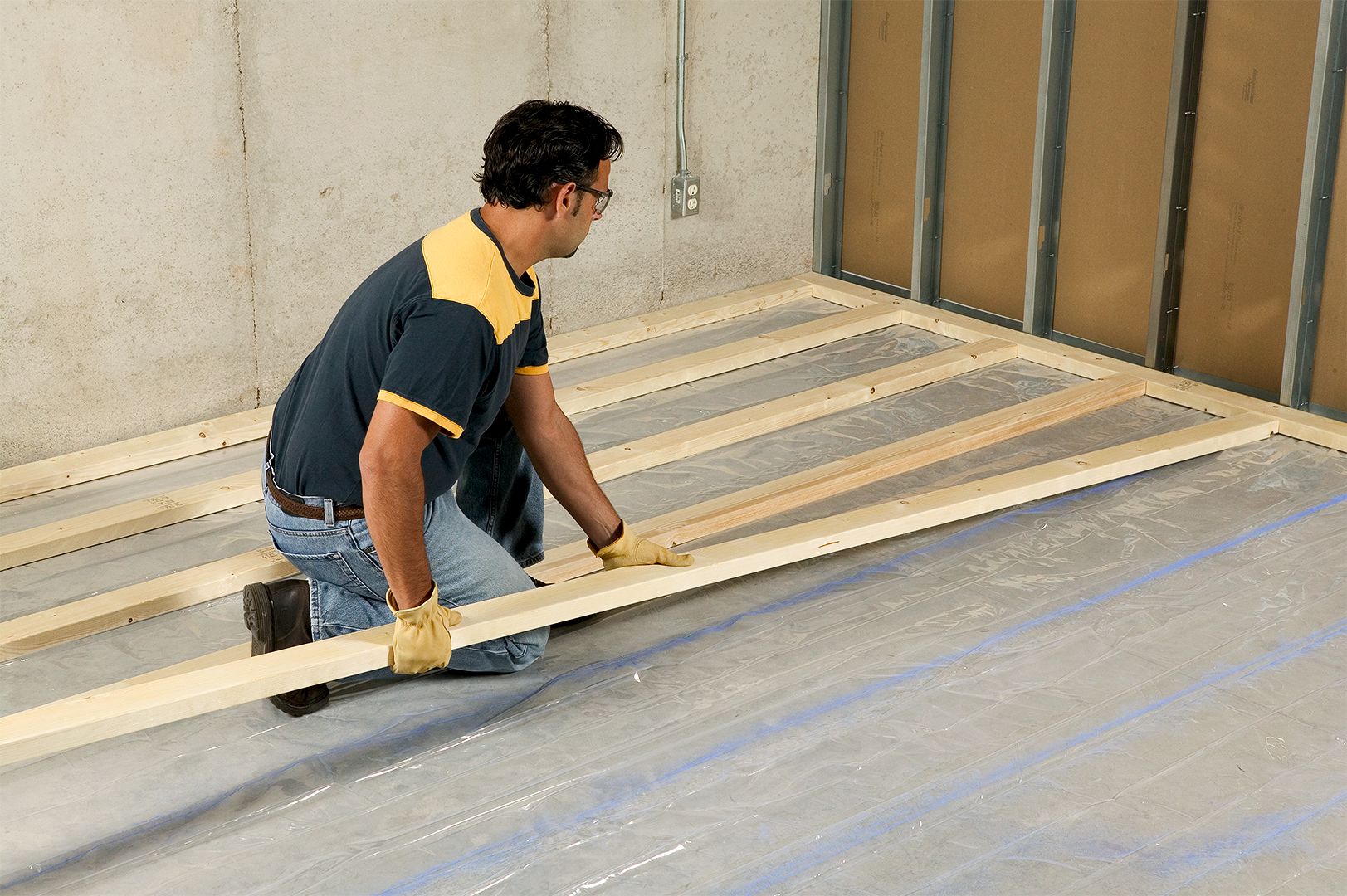
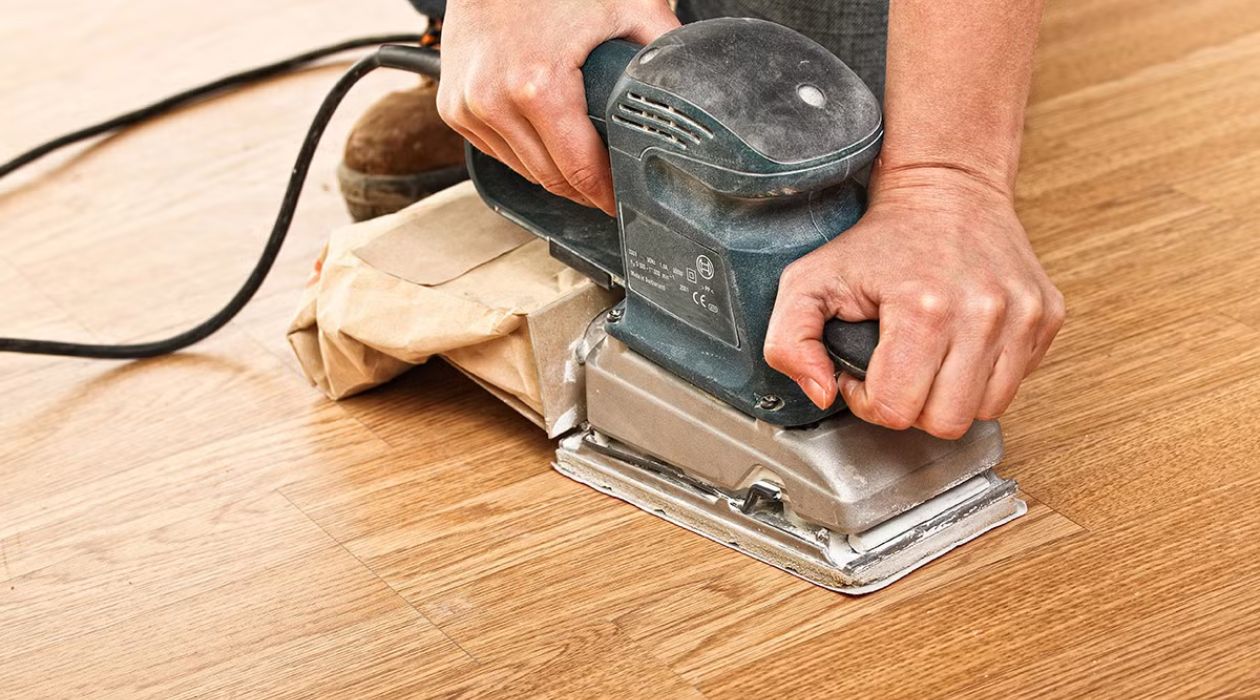
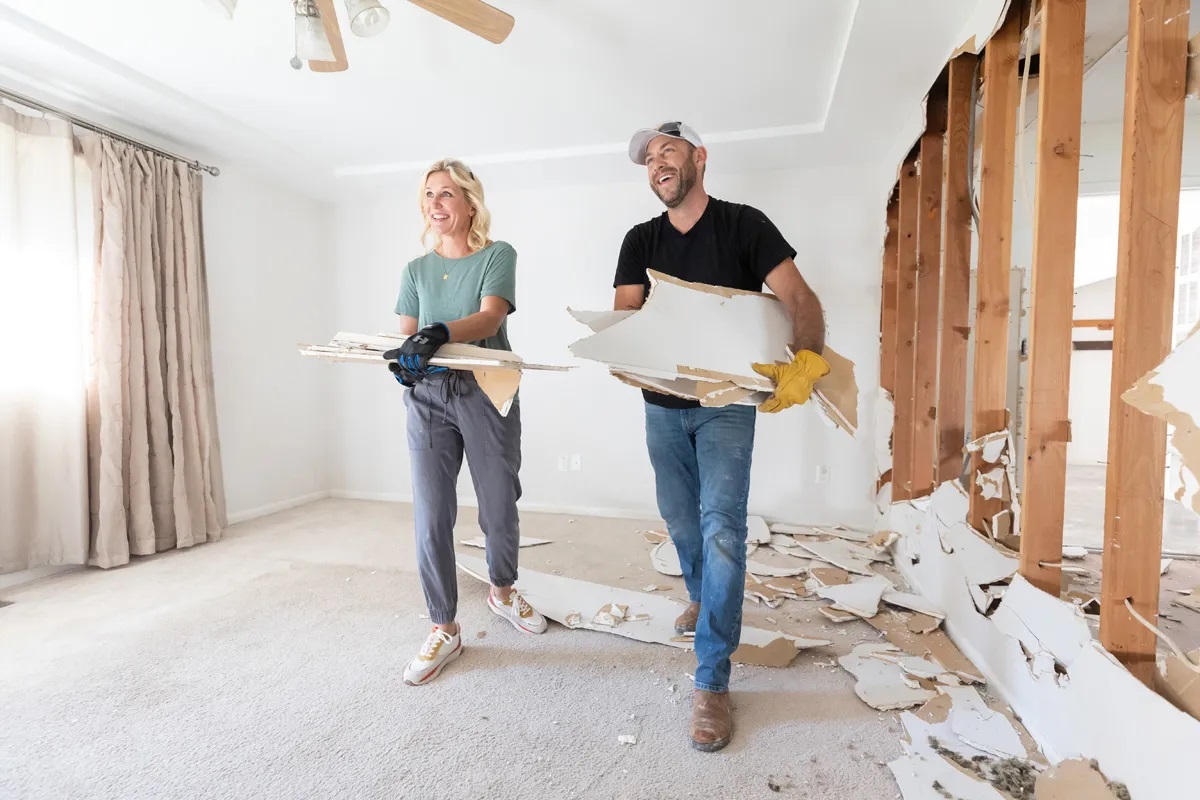
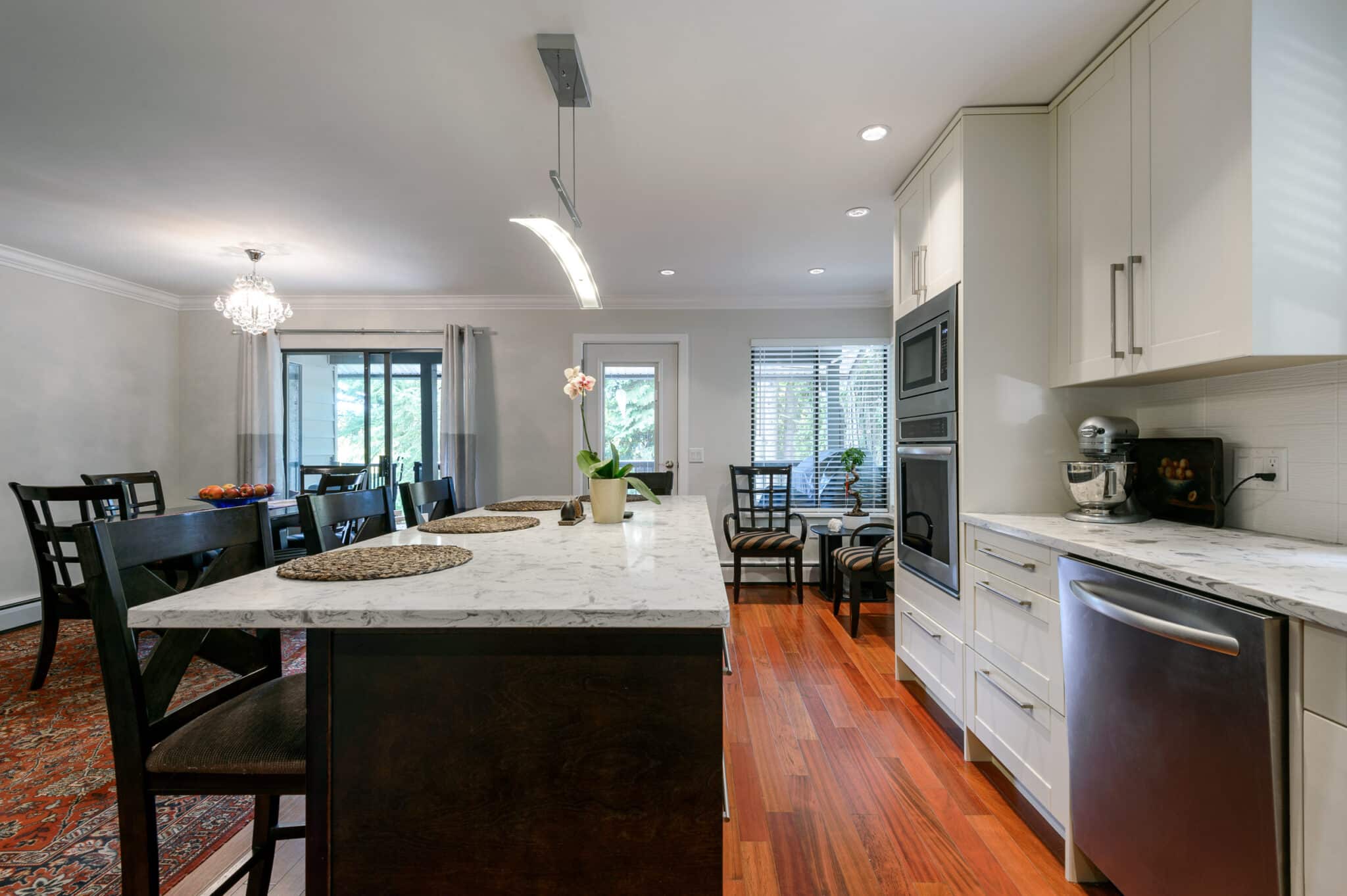



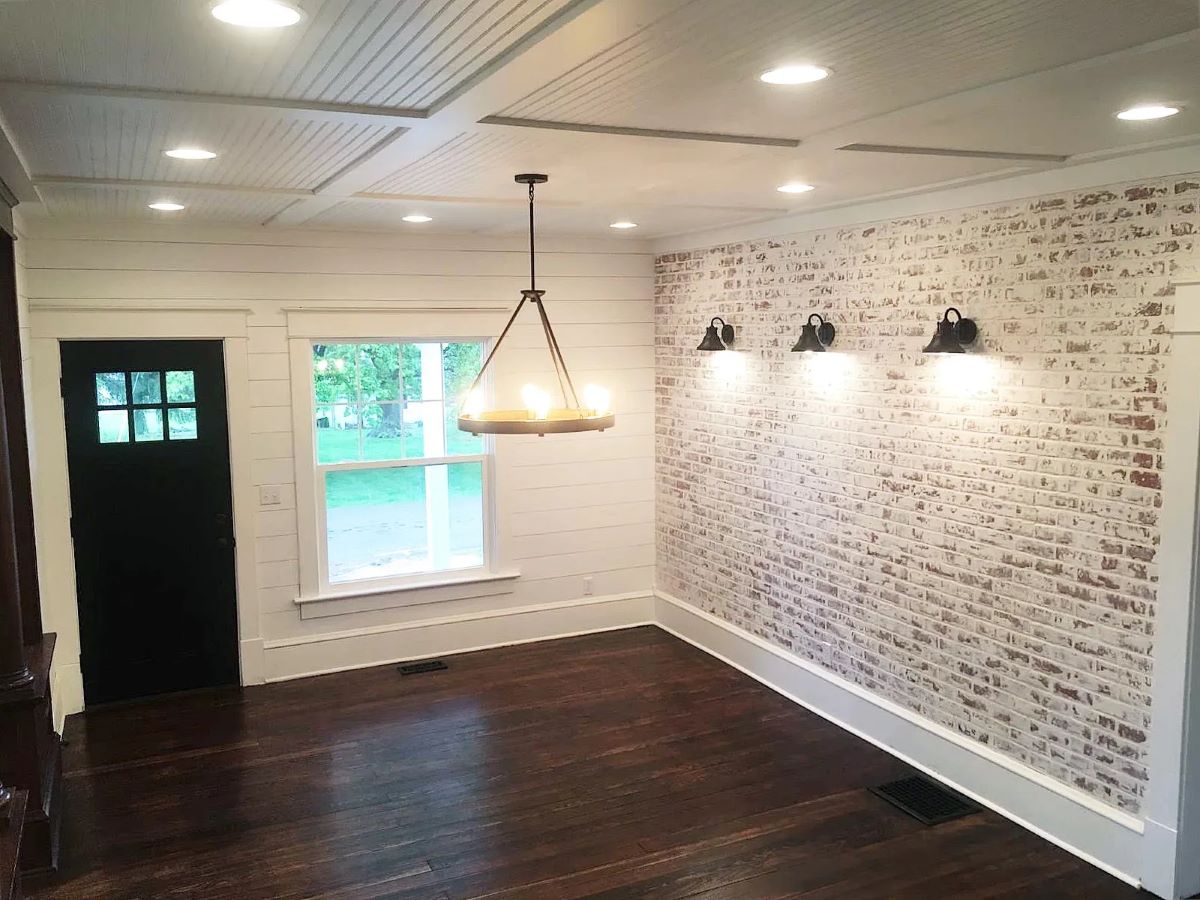
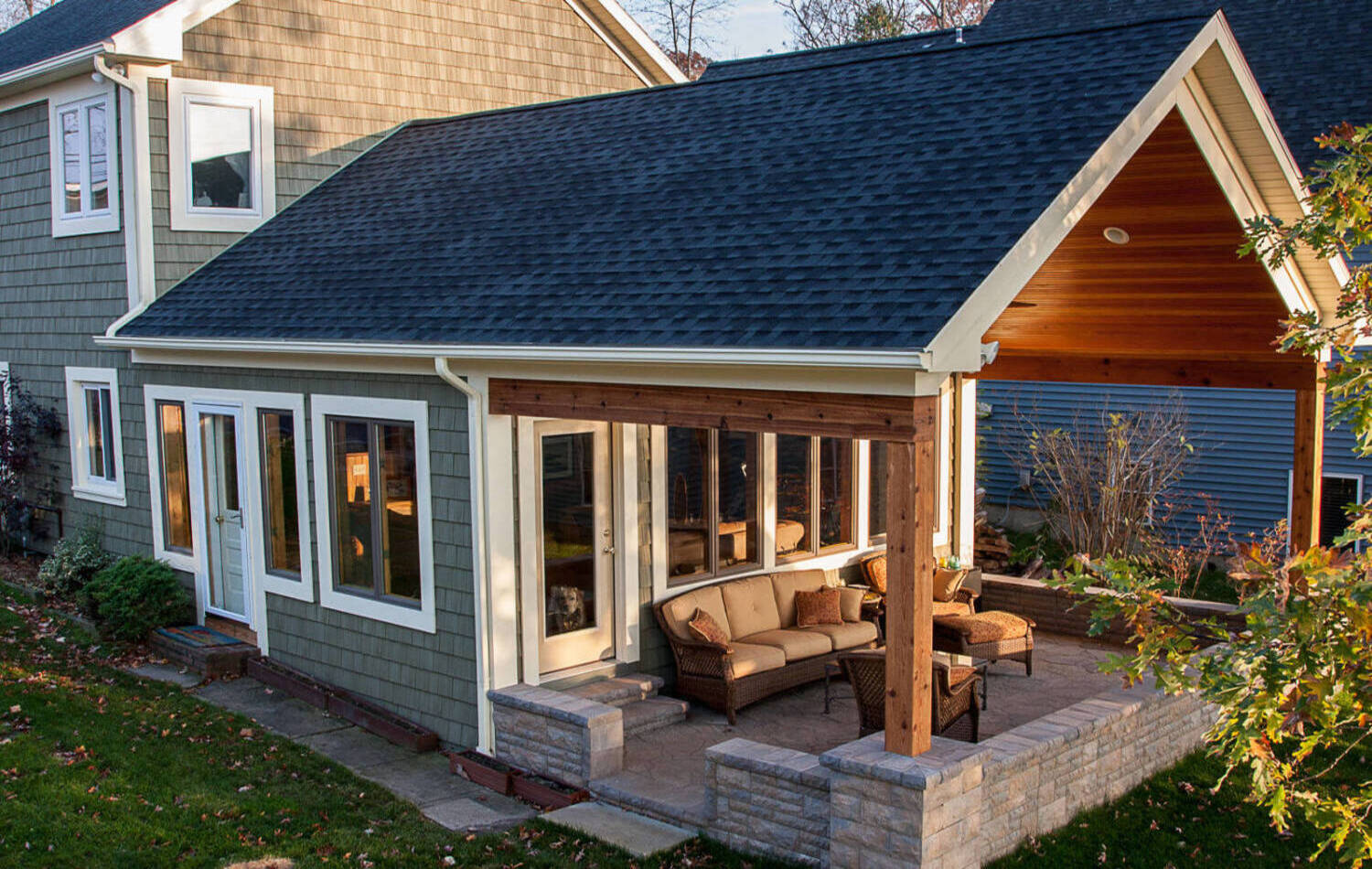

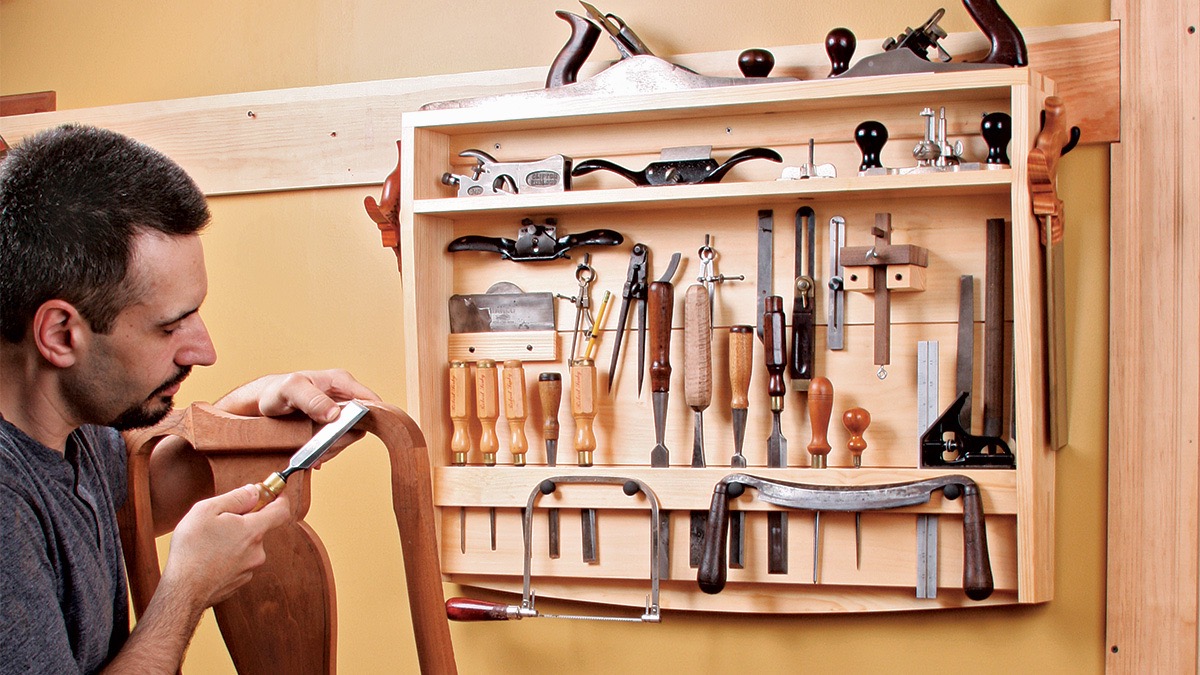
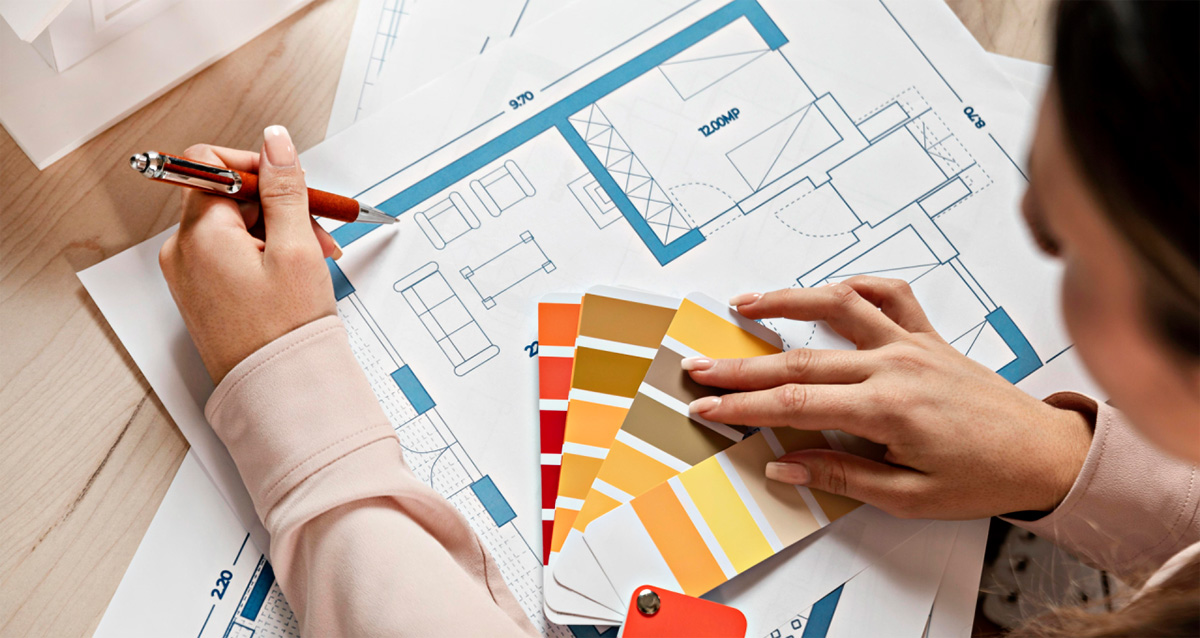


0 thoughts on “How To Learn DIY Home Renovation”